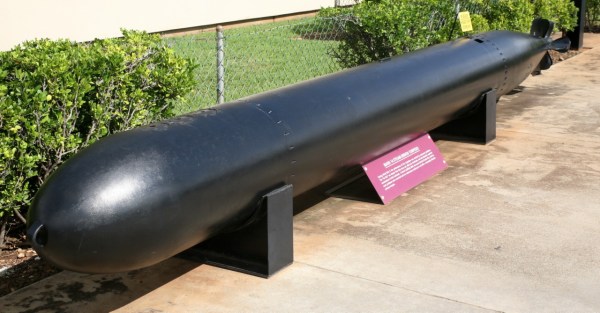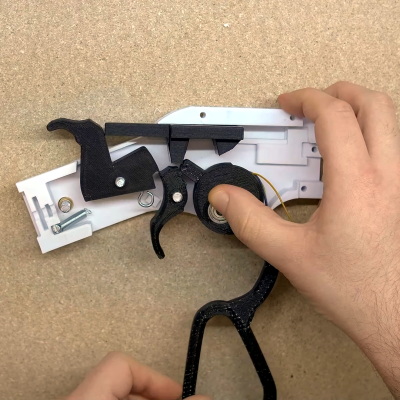What has dual compressed-air cannons, 500 roll-on deodorant balls, and a machine-learning brain with a bad attitude? We didn’t know either, until [Leo Fernekes] dropped this video on his autonomous robot sentry gun and saw it in action for ourselves.
Now, we’ve seen tons of sentry guns on these pages before, shooting everything from water to various forms of Nerf. And plenty of those builds have used some form of machine vision to aim the gun onto the target. So while it might appear that [Leo]’s plowing old ground here, this build is chock full of interesting tips and tricks.
It started when [Leo] saw a video on TensorFlow basics from our friend [Edje Electronics], which gave him the boost needed to jump into an AI project. The controller he ended up with looks for humans in the scene and slews the turret onto target, where the air cannons can do their thing. The hefty ammo is propelled by compressed air, which is dumped into the chamber using a solenoid valve with an interesting driver that maximizes the speed at which it opens. Style points go to the bacteriophage T4-inspired design, and to the sequence starting at 1:34 which reminded us of the factory scene from RoboCop.
[Leo] really put a ton of work into this project, and the results show. He is hoping to get an art gallery or museum to show it as an interactive piece to comment on one possible robot-human future, presumably after getting guests to sign a release. Whatever happens to it, the robot looks great and [Leo] learned a lot from it, as did we.
Continue reading “Autonomous Sentry Gun Packs A Punch And A Ton Of Build Tips”





















